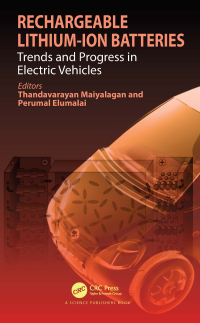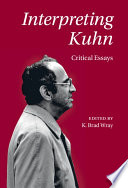Buy Rechargeable Lithium-Ion Batteries: Trends and Progress in Electric Vehicles 1st Edition PDF ebook by author Thandavarayan Maiyalagan; Perumal Elumalai – published by CRC Press in 2021 and save up to 80% compared to the print version of this textbook. With PDF version of this textbook, not only save you money, you can also highlight, add text, underline add post-it notes, bookmarks to pages, instantly search for the major terms or chapter titles, etc.
You can search our site for other versions of the Rechargeable Lithium-Ion Batteries: Trends and Progress in Electric Vehicles 1st Edition PDF ebook. You can also search for others PDF ebooks from publisher CRC Press, as well as from your favorite authors. We have thousands of online textbooks and course materials (mostly in PDF) that you can download immediately after purchase.
Note: e-textBooks do not come with access codes, CDs/DVDs, workbooks, and other supplemental items.
eBook Details:
Full title: Rechargeable Lithium-Ion Batteries: Trends and Progress in Electric Vehicles 1st Edition
Edition: 1st
Copyright year: 2021
Publisher: CRC Press
Author: Thandavarayan Maiyalagan; Perumal Elumalai
ISBN: 9781138484092, 9781119618867
Format: PDF
Description of Rechargeable Lithium-Ion Batteries: Trends and Progress in Electric Vehicles 1st Edition:
This book helps readers move from fundamental organic chemistry principles to a deeper understanding of reaction mechanisms. It directly relates sophisticated mechanistic theories to synthetic and biological applications and is a practical, student-friendly textbook. Presents material in a student-friendly way by beginning each chapter with a brief review of basic organic chemistry, followed by in-depth discussion of certain mechanisms Includes end-of-chapter questions in the book and offers an online solutions manual along with PowerPoint lecture slides for adopting instructors Adds more examples of biological applications appealing to the fundamental organic mechanisms Presents material in a student-friendly way by beginning each chapter with a brief review of basic organic chemistry, followed by in-depth discussion of certain mechanisms Includes end-of-chapter questions in the book and offers an online solutions manual along with PowerPoint lecture slides for adopting instructors Adds more examples of biological applications appealing to the fundamental organic mechanisms





